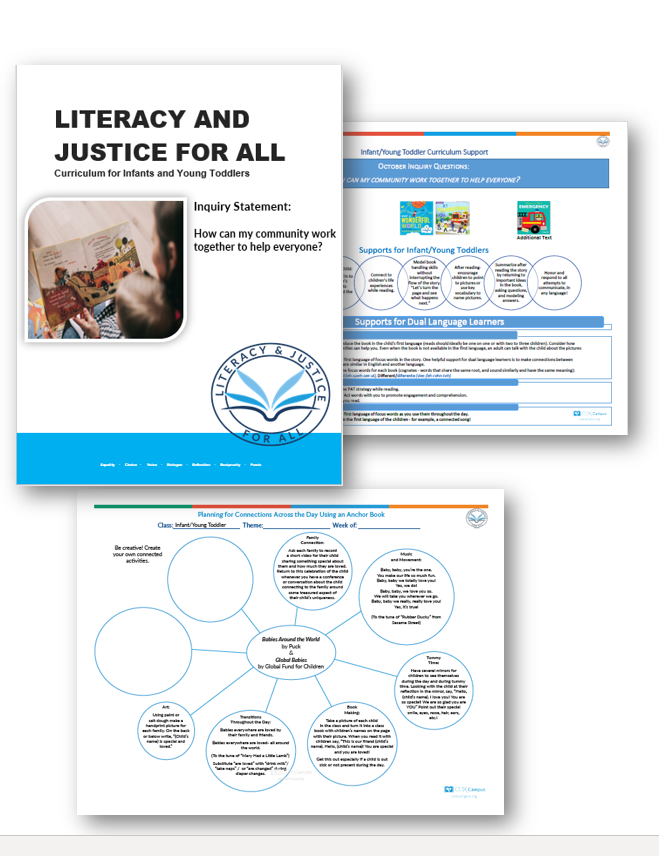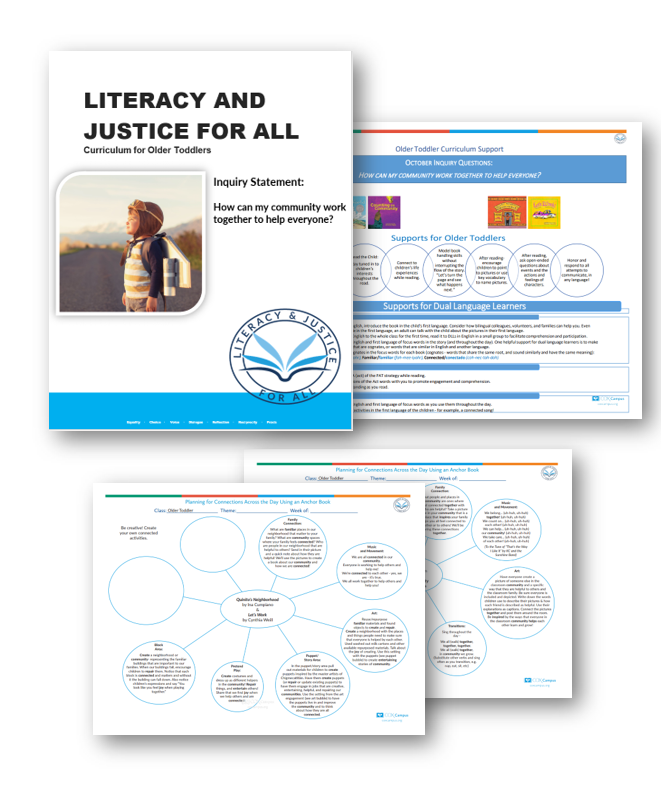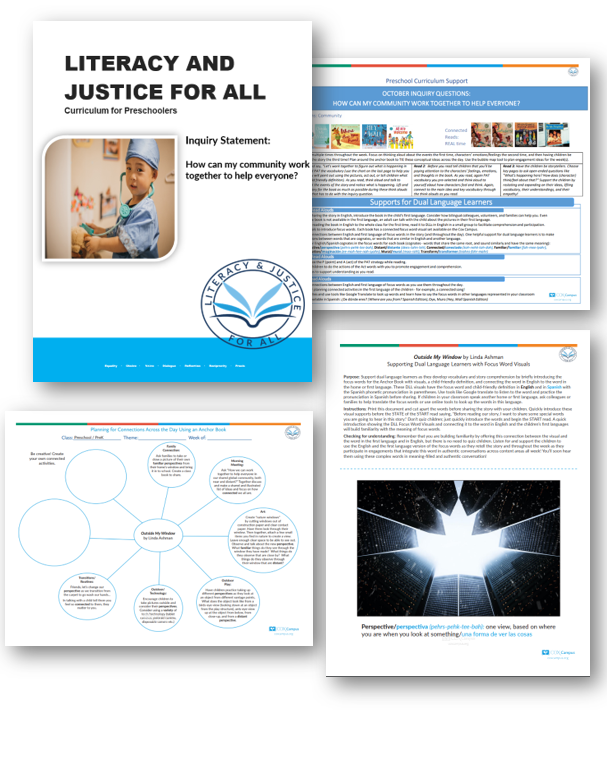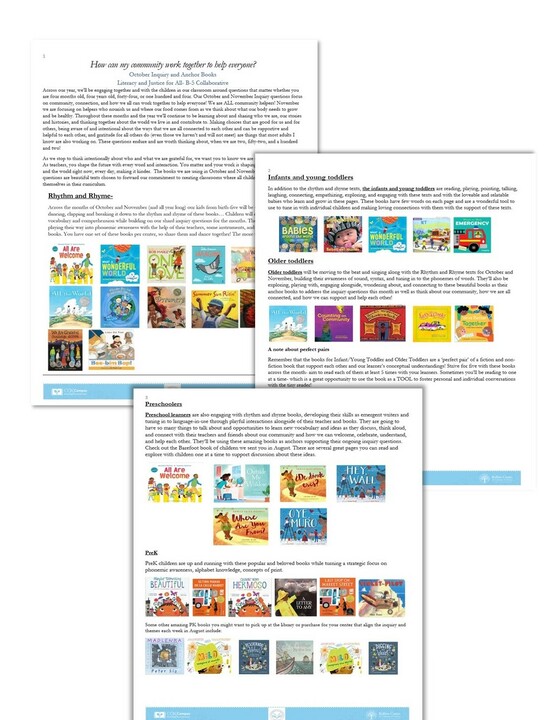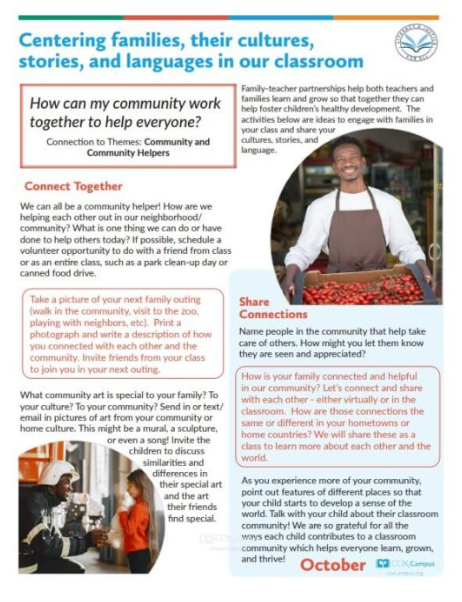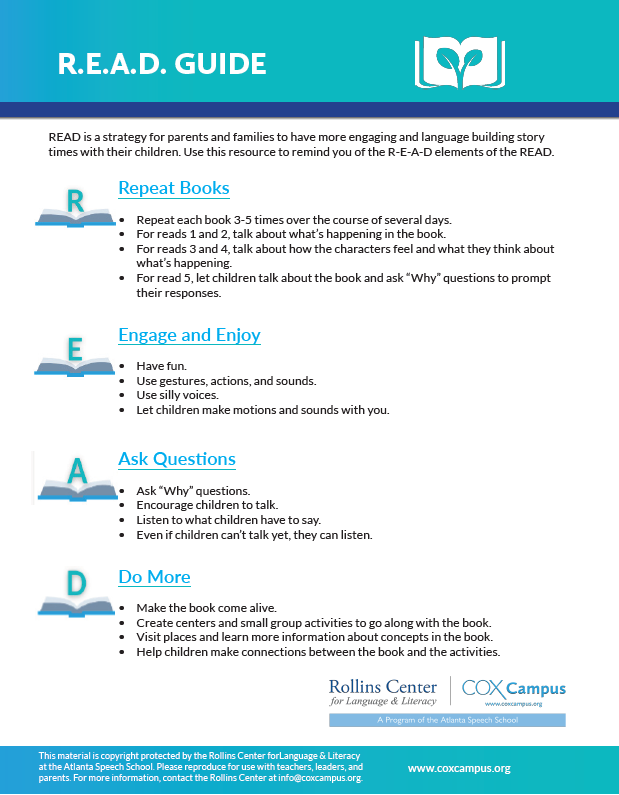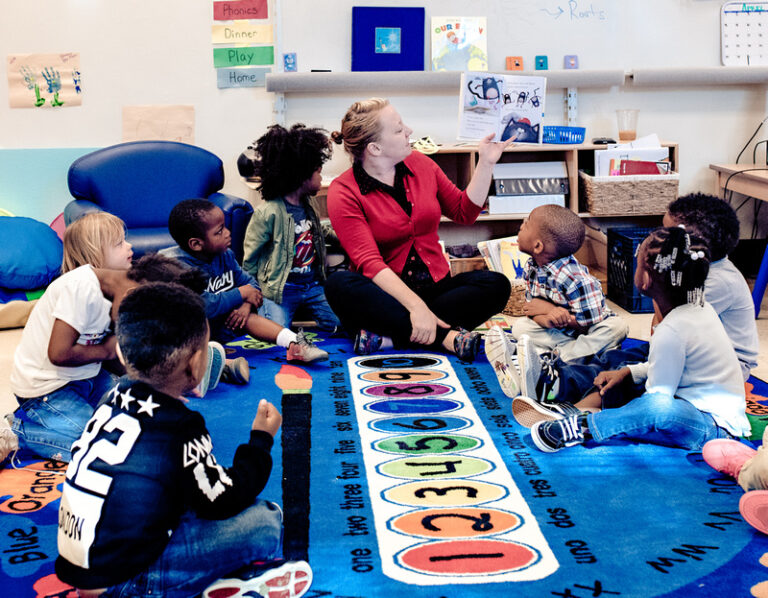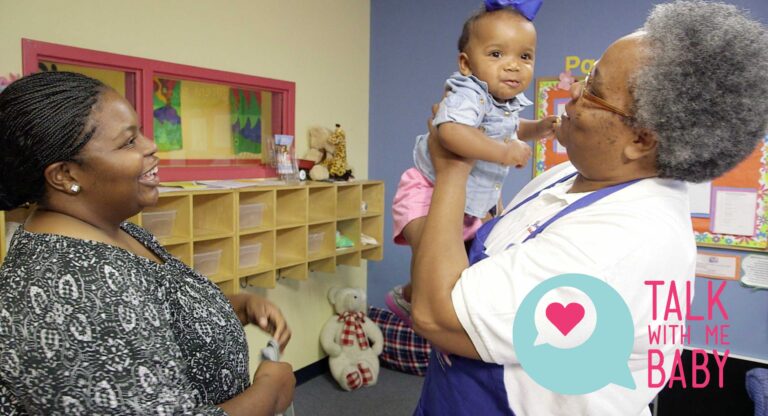What is Georgia Pre-K Week?
Since 2009-2010, the first week of October has been dedicated to raising awareness of the importance and benefits of a quality Pre-K across the state of Georgia by providing leaders the opportunity to engage with classrooms in their local communities. Click here to learn more.
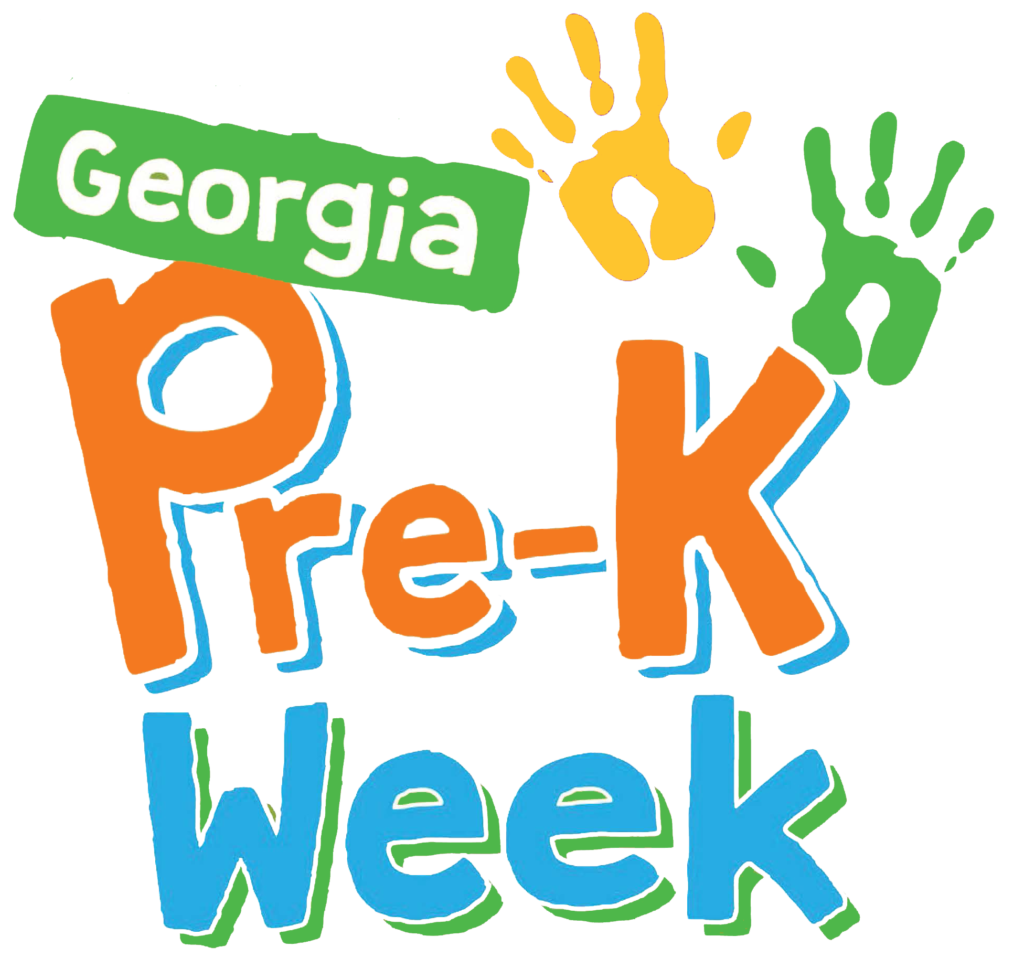
What’s the 2023 theme?
The theme for 2023 is Community. The featured book is A book to Celebrate Community: Cheers by Uncle Ian Aurora. Explore activities centered around this book click here.
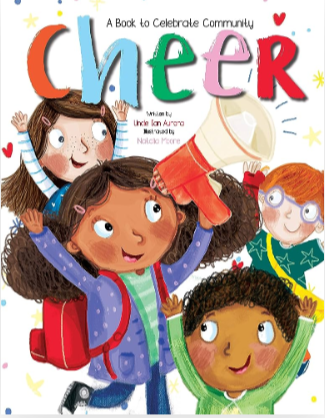
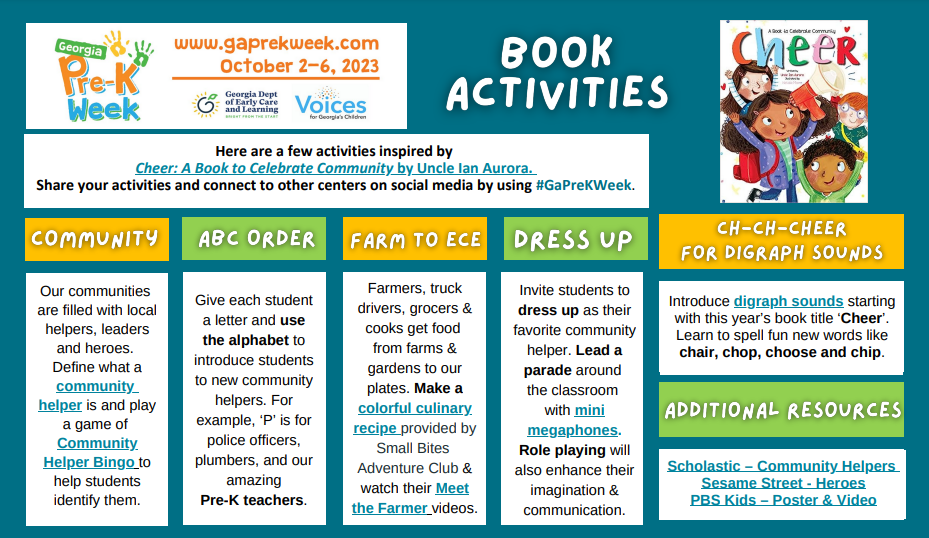
The video below was created by the Atlanta Speech School with Malcolm Mitchell in response to Voices for Georgia’s Children requesting that the Rollins Center provide materials that could be used in support for Pre-K week. If you have volunteers reading in your classroom, please share this video with them to allow them to prepare.
The result is a video created with veteran preschool teacher Whitni Coleman, to prepare volunteer readers to enter classrooms prepared with best practices for reading with children.
Malcolm Mitchell is an author, poet and University of Georgia alum. A former NFL wide receiver and Super Bowl champion, Malcolm has since made literacy his life’s work. His latest book, The Magician’s Hat, is featured in the video.
How can I use Cox Campus as a resource during this week?
Cox Campus believes in Literacy and Justice for All.
Our justice-oriented curriculum is centered on our commitment for every child to see and hear themselves and their lives, interests, language, and culture represented in the classroom – and to see and learn from others in their classroom, community, and world.
The curriculum is built around critical-inquiry questions addressed in age-appropriate and equity-oriented ways that bring forward opportunities for meaningful and extended engagement within a language-centered classroom.
Classroom Recommendations:
We are ALL community helpers! Our October and November Inquiry question focuses on community, connection, and how we all can work together to help everyone! November we are focusing on helpers who nourish us and where our food comes from as we think about what our body needs to grow and be healthy.
As teachers, you shape the future with every word and interaction. You matter and your work is shaping our collective future and the world right now, every day, making it kinder.
Inquiry Question: How can my community work together to help everyone?
How can I reach all children?
Reflect on the languages and cultures in your classroom. If you have dual language learners in your classroom get copies of the text in their first language. If you don’t speak the first language, think of someone you could invite into your classroom to read the book with your DLL’s in their home language. You could ask a family member, community volunteer, or other bilingual staff members!
Introduce the book in the first language: This support strategy is an important way to help build story comprehension because it orients the child to the storyline, the characters, and the events. If you don’t speak the home language, think of someone you could invite into your classroom to read the book with your DLL’s in their home language. You could ask a family member, community volunteer, or other bilingual staff members! This read aloud would usually be in a small group setting with just DLLs with the focus on the events of the book.
Introduce target vocabulary words: Learn a few book-related target words, including a combination of Tier 2 (sophisticated) and Tier 1 (simple, concrete) words. Remember to consider the first language of the children in your classroom. Introduce the word in both English and in the first language before the first whole group read aloud. Make clear connections between the word in English and the first language. For example, you might say in English we say “imitate” and in Spanish, the word is “imitar.”
Pro Tip: When sharing new words with children, remember to pair the new vocabulary with child-friendly definitions!
Use visuals: Create visuals for each book-related target vocabulary word and introduce these before you read! Print out an image that represents each target word or focus vocabulary word. Reach each child in your classroom including dual language learners by introducing the new vocabulary by pointing to the appropriate image. Throughout your read, continue to incorporate “pointing” and the rest of the PAT strategy (point, act and tell), a reading approach that engages the audience through gestures and facial expressions, and builds vocabulary through pairing unfamiliar words with their child-friendly definitions.
Introduce props: Before reading, prepare a few props (real objects, cut from paper, puppets etc.) that relate to the story and will help make it come to life for your DLL’s. Use the props as you read the story to reinforce meaning. Invite children to actively participate and retell the story using the props you have already introduced (Gersten & Geva 2003).
Choose culturally relevant stories: Incorporate culturally relevant story books into your lesson plans. All of your children will benefit from learning something new about their friend’s culture, learning new vocabulary, and gaining more world knowledge! Plus, the children whose culture was represented in the book will feel celebrated and have a greater sense of belonging within the classroom.
What books do you recommend for the Community Theme?
Reflect on your classroom community of learners and their ecosystems. Provide an enriched experience by incorporating culturally relevant story books. The books we are using in October and November are around inquiry questions from texts chosen to forward our commitment to creating classrooms where all children see and hear themselves in their curriculum. For a lists of books for the community click here.
How can families get involved?
Centering Families Resource: Community Theme
Use this resource to make family connections as you have conversations with the children in your class.
The R.E.A.D. Guide can assist families as they read to their children.
.
